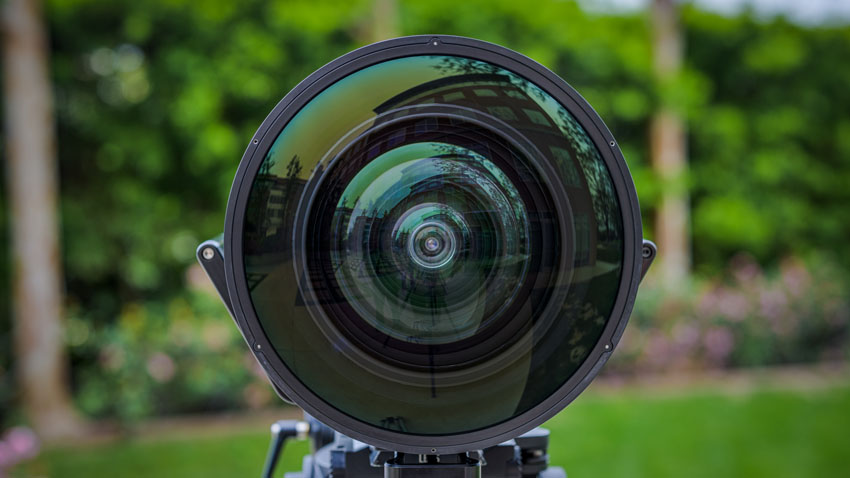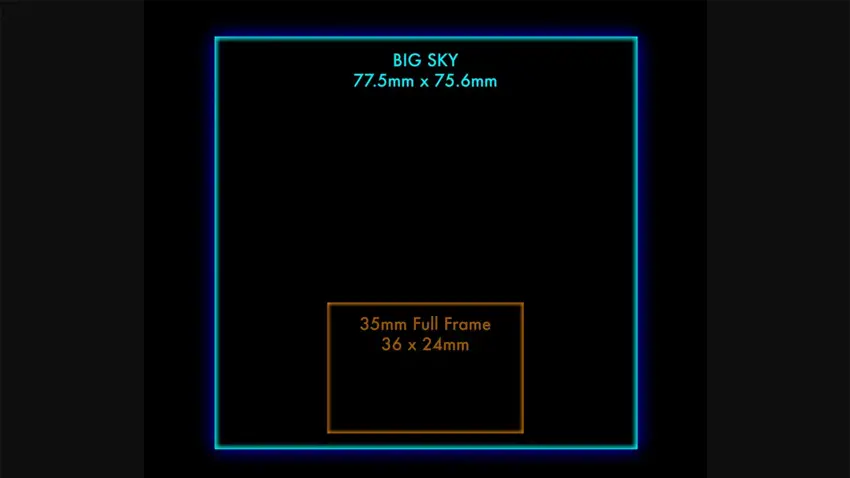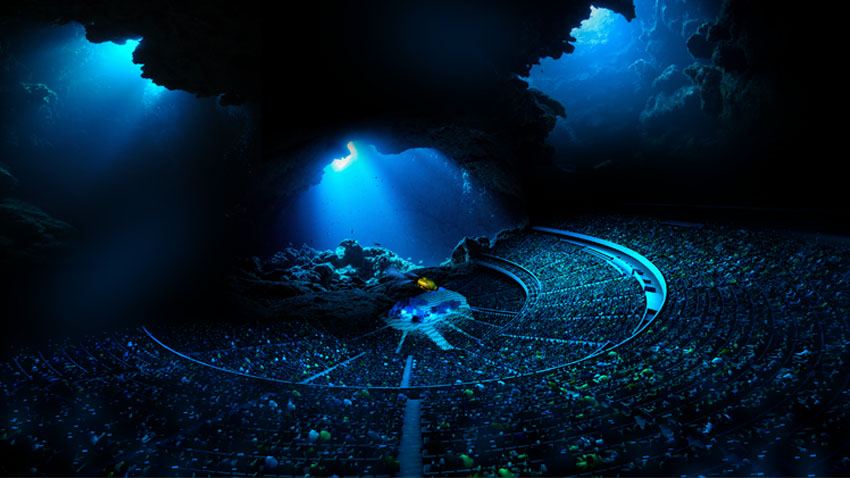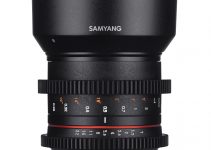Sphere Studios, has announced a new cinema camera that promises a cinematic 18K image in a compact, mirrorless camera form factor. The Big Sky cinema camera has a 316-megapixel HDR image sensor with a 40x image resolution from its square global image sensor.
The Big Sky was developed for what the company calls an “immersive experience at an unparalleled scale” and is believed the camera will be used to create immersive content for Sphere Entertainment’s giant VR space in Las Vegas.

Image Credit – Sphere Studios
The company says that the new camera system will provide a new standard of image fidelity with edge-to-edge sharpness that will “eclipse all current cinematic cameras.”
“Sphere Studios is not only creating content but also technology that is truly transformative,” says David Dibble, CEO MSG Ventures/Sphere Entertainment.
“We created Big Sky – the most advanced camera system in the world – not only because we could, but out of innovative necessity. This was the only way we could bring to life the vision of our filmmakers, artists, and collaborators for Sphere.”
The original immersive concept was being developed with multiple off-the-shelf 8K cameras mounted in a single custom housing, but as development time went on, the need for a unique image sensor and camera design became more apparent.
The camera system uses the largest single-image sensor available for commercial use at three inches by three inches and is capable of capturing detailed, large-format images with ultra-high resolution.
The image sensor has real estate that equals 18k by 18k, about 40 times that of a conventional 4K cinema camera.
It can capture a 150-degree field of view from Big Sky’s in-house single-lens array, which provides the optical character to match the 16k by 16k immersive display plane that will be projected on Sphere’s 160,000 square-foot display.
Overall, the sensor can also overshoot a 165-degree field of view for edge-to-edge sharpness and minimal image distortion.

Image Credit – Sphere Studios
In addition to the huge size of the sensor, the camera can also capture 10-bit RAW HDR footage at up to 120 frames per second in 18K, or 12-bit at 60 frames per second.
The camera can also process that high-resolution image at 500 gigabits per second with a 400GB per second fiber connection to the attached media recorder. This translates to a sustained recording of 30 gigabytes per second, and 17 minutes of footage.

Image Credit – Sphere Studios
The footage is then processed utilizing Sphere’s proprietary Raw Processing workflow, developed specifically for the Big Sky camera platform. The workflow also harnesses the use of high-resolution proxies for editing for zero lag.
All content will be projected in the round onto Sphere’s large screen venues which offer haptic seating with a stereoscopic headphone-like sound without any phones for the audience.
The system is conceived to be the center of a purely immersive and environmental multi-sensory live experience complete with changing temperatures, scents, and breezes.
The Sphere in Las Vegas is set to open on September 29, 2023, with a live concert by U2, while the first film shot using the Big Sky camera system is Postcard from Earth, directed by Darren Aronofsky. That film will premiere at Sphere in October.

Image Credit – Sphere Studios
The Big Sky camera system weighs in at around 100 pounds, but the development of a second-generation camera design promises to winnow that camera size to perhaps as low as thirty, including the lens.
The Big Sky camera isn’t for sale just yet, but the company is meeting with film companies and content creators to explore ways to offer the system with options including aerial and automotive mounts and gimbals to eliminate camera jitter and vibration.
[source: PetaPixel]
Disclaimer: As an Amazon Associate partner and participant in B&H and Adorama Affiliate programmes, we earn a small comission from each purchase made through the affiliate links listed above at no additional cost to you.



